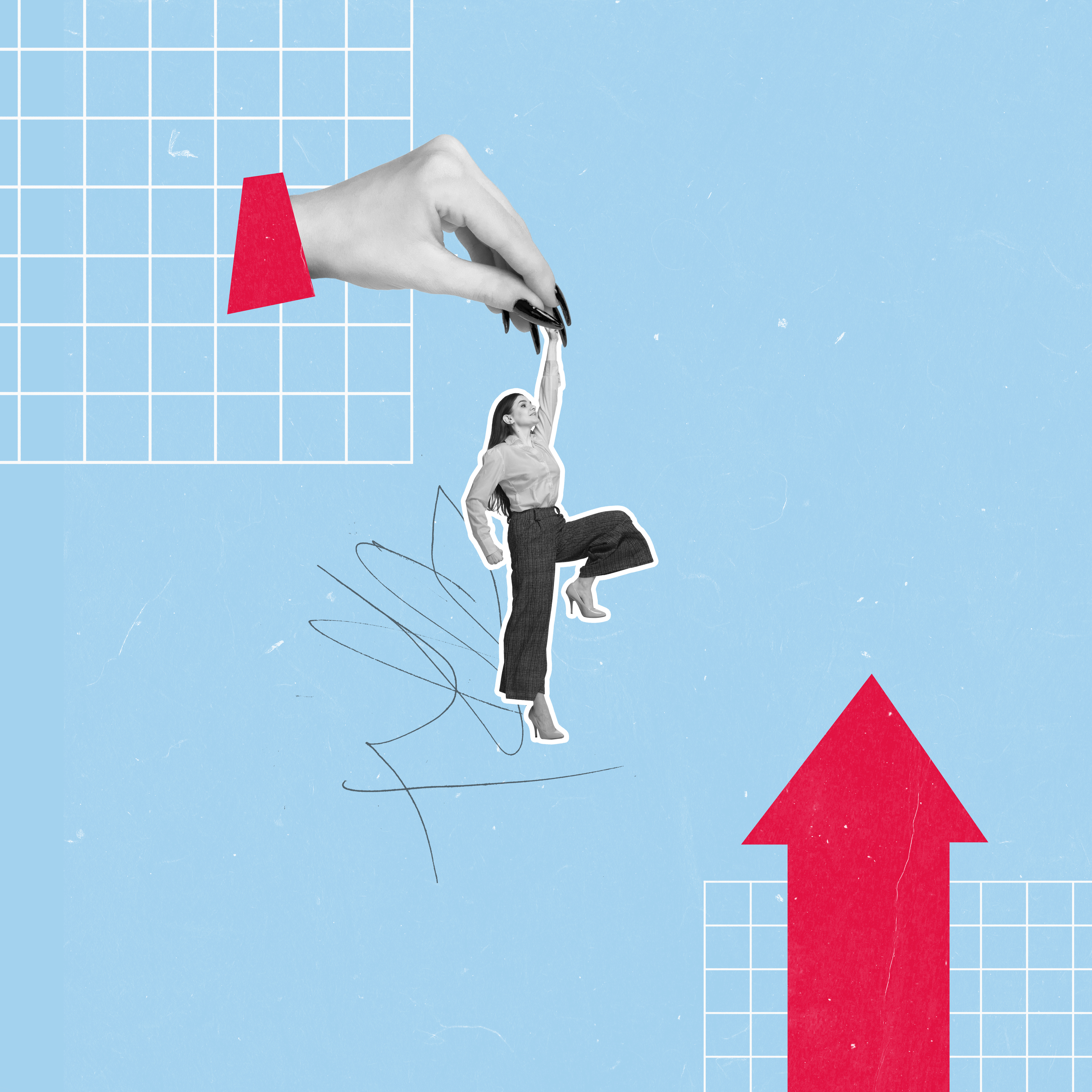Our last article focused on the divisive autocratic leadership style. Today, we’re focusing on another slightly controversial approach to leadership: bureaucratic. We’ll explore the origins of this leadership style, outline the pros and cons, and paint a picture of what this type of leader looks like in action.
What is bureaucratic leadership?
The definition
Bureaucratic leadership relies on a clear chain of command, strict regulations, and conformation by its followers.
There can be confusion about the difference between bureaucratic leadership and autocratic leadership, which can overlap in certain characteristics. The main difference is that, with the former, the focus is on the leader – who is responsible for making all the key decisions. Bureaucratic leadership, on the other hand, relies more on the entire line of authority versus a single leader.
The origin story
The theory behind bureaucratic leadership was developed by Max Weber, the sociologist who also came up with the idea for transactional leadership. He grew up during a period of industrialization and saw how society was moving toward larger organizations – from giant factories to sprawling farms.
He came up with this theory in response to the growing need for a more efficient system to run these entities – which had historically relied on favoritism. Weber’s theory around bureaucratic leadership is based on six core tenets:
- Hierarchy of authority. There’s a chain of command with clearly defined roles and expectations for each level of authority.
- Division of labor / task specialization. This leadership style focuses on putting the most appropriate person in a specific position.
- Formal selection. Employees are hired, fired, and promoted based on their experience, performance, and adherence to regulations.
- Career orientation. Each employee has the opportunity for a long-term career, provided they follow the rules and perform well.
- Rules and regulations. The system requires a defined set of rules, regulations, and processes to maintain structure within the organization.
- Impersonality. The main focus is on the organization and its performance, not on an individual’s contributions.
Leadership styles are an important factor in leadership development.
To learn about creating more effective leaders, download our report, “Leveraging Coaching and Mentoring to Create More Effective Leaders” now.
What are the pros and cons of bureaucratic leadership?
Bureaucratic leadership is another style that tends to draw mixed opinions.
Some people believe bureaucratic leaders have aided the development of Western civilization and think there’s a place for this approach to leadership – especially in the public sector. Others find this style to be inefficient and outdated.
Again, there are two sides to every opinion. To help you see the big picture, we share an overview of pros and cons below:
Pros
- Stable in terms of job security and outcomes
- Removes favoritism from the equation
- Very clear roles, responsibilities, and expectations
- A highly visible set of processes and regulations
Cons
- Not efficient since everything has to go through a chain of command
- Doesn’t encourage an individual’s personal or professional growth
- Stifles creativity, innovation, and free thinking
- Doesn’t foster collaboration or relationship building within teams
- Can make it difficult to respond to change
As you can see, there are points to support both sides. While this may not be the right leadership style for most modern organizations, there are certain sectors that may benefit from the characteristics of bureaucratic leadership. We’ll illustrate what we mean in the section below.
What type of person is a bureaucratic leader?
Let’s use this example:
You just joined a government entity after working at startups for several years.
Your direct manager, Stuart, is only one of many people you report to. Above Stuart is Lisa, who reports to Angela, who reports to Jamie. The chain of command continues all the way to the CEO at the top. You have people who report to you as well.
The type of work you do is extremely impactful, but it’s also repetitive and follows a specific process. If you want to do anything that falls outside of established guidelines, you need to run it by Stuart first. But it takes a long time to receive an update because multiple people need to approve the change – which can be a frustrating experience.
Because you’ve been producing high-quality work, Stuart just informed you that you’re up for a promotion in the next cycle. This is exciting because, at your last startup, you were passed up for a promotion that instead went to your more outgoing and well-liked colleague. You appreciate that the expectations of your role are crystal clear, without regard to favoritism.
While there are frustrating aspects of working for the government – especially after working for startups with flat structures and flexible processes – you see how bureaucratic leadership keeps everything running smoothly.
Even though bureaucratic leadership isn’t a style that’s applicable to most modern organizations, we believe there’s still a time and place for it. As long as you’re mindful of practicing it in the right situations at the right time, there are ways to use the bureaucratic leadership style to your advantage.









